Resilient: Introduction
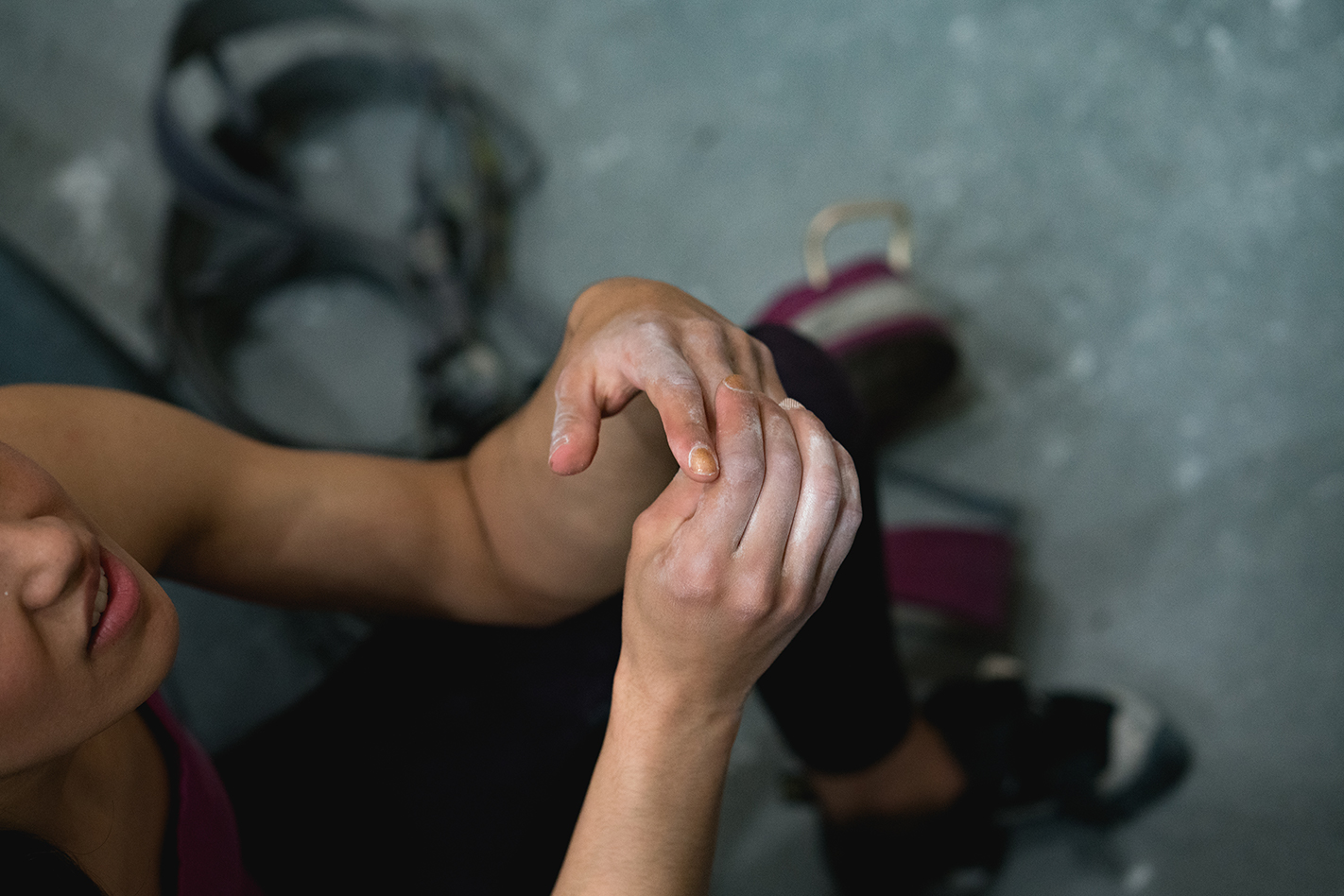
Above: athlete Isabella Rojas takes a pause between climbing. Brooklyn Boulders, NY. Photo: Michael A. Estrada, @noyekim
Resilient: a photo series
There is an inherent degree of uncertainty when pursuing any athletic endeavor. Whether it’s chasing after first place on the podium; spending years training for the next project; or even recovering from a debilitating injury, athletes never truly know if their training and efforts will be enough.
It’s in this unique way that athletes must overcome both the challenges of their sport, and the overwhelming, repetitive uncertainty that they might not necessarily reach their goals and aspirations.
Of course, uncertainty plagues all humans, not just athletes. It’s part of the human experience. However, athletes form a specific familiarity with it due to how readily apparent and frequent uncertainty plays into the daily life of an athlete.
The butterflies that rise from their dormancy before any and every competition is proof — as are the sweaty palms that get battered down with endless chalk and the ritual pre-(insert sport here)-routines that plague us from the first middle school tournament and beyond.
This understanding that chance is innately paired with sport is critical to the personal growth of most athletes. Through trial and error, success and failure, the endurance and resilience born from the athlete experience becomes a driving force even outside the gym.
Athletes learn to live with this uncertainty throughout their lives. We fail, we win, we stagnate and yet we continue onward because we have to.
With these themes in mind, Resilient is a photo series interviewing athletes of color on how they face uncertainty upfront and achieve resilience in their athletic lives and beyond. Together we’ll see what makes them tick, where they find inspiration, and, importantly, how they thrive today.
Stay tuned for the first interview with Faith Briggs in a few weeks.
Interested in being interviewed? Please contact Michael at misha.estrada@gmail.com or send us a message here at Melanin Base Camp.
RESILIENT is a project from Noyekim Studio.
Building a home gym is a monumental task! Once the climbing wall is built, you’d think the biggest hurdle is over. But a safe landing area is just as important, and can be just as overwhelming. There are many options for foam and foam coverings, making it difficult to know which is right for a climbing wall. I spent weeks reading about foam, cold-calling foam companies, and driving around to different fabric stores learning about vinyl coverings. Here is my journey of building a safe landing!
I can either enjoy my life doing what I love, or sit at home worried about getting assaulted or worse. I choose to take common sense precautions, trust my gut, and hope for the best. But that doesn’t mean I’m never afraid.
The climbing stories you hear at base camp or around a campfire just might save your life. That’s why it matters who gets to tell stories of danger, joy, and survival. Too often the loudest voices don’t look like us. But for Sachi Koide, Sof Petros, and Theresa Silveyra—three accomplished women and genderqueer climbers of color—mountaineering is more than technical knowledge. It’s about community, power and courage.
On the morning of August 8, 2023, Noelle Bali and Marina Riker received routine alerts of nearby fires. It was another dry summer and 60 mph winds rattled Lahaina, a coastal beach town in Maui.
Downed power lines sparked a small fire which soon engulfed the town, leaving 102 residents dead and thousands forced to evacuate — including Noelle and Marina. What started as a relatively normal day became one of the deadliest wildfires in U.S. history, leaving a beloved community searching for a way forward.
Working full time with a toddler, five cats and a dog didn’t leave me much time to learn a new skill. So I hired a painter, but when he didn’t show up and the welders were starting in three days. I quickly took a crash course on painting. This is what I learned.
“Self-doubt is common,” said the certified ski instructor who sits on several state-wide and national committees for snow sports. “We often question our ability levels. We wonder, ‘Do I belong here?’ Black people haven’t historically been in these spaces. We’ve all experienced feeling like the ‘other’ in certain places.” By teaching technical skills, EDGE gives women the tools to say, “Yes, I belong here. I know what I’m doing. I deserve this space.”
I was recently lucky enough to make my first voyage to one of the top climbing destinations in the world: Fontainebleau—or Font. For most of my climbing career, I’d heard stories about the beautiful sandstone boulders and the flat, sandy landings. I knew I had to experience it for myself one day.
But planning a climbing trip to a foreign country can feel overwhelming and even a little scary, especially if it’s your first time. To help make your experience smoother and more enjoyable, here are some tips I picked up along the way.
Esther Park is on a mission to help women in skydiving fit in–literally.
She left a comfortable job in scientific sales after a life-changing skydiving accident. Since then, she founded a company, Girls in Sky Places, to help women find correctly-sized gear.
If your outdoor plans routinely struggle to make it out of the group chat, that’s okay. I’m still finding my own comfort with the outdoors. Nature can feel intimidating, but it gets easier when you know what to expect. So let’s explore five of my favorite urban green spaces to help you get outside this summer.
We kicked off from the South Kaibab Trailhead at 4:30 AM, in the dark, our headlamps lighting the way. The morning was cool—perfect hiking weather—and the sky was just starting to hint at the sunrise. The trail drops fast, and within minutes we weaved our way down steep switchbacks, passing early-bird day hikers and the occasional runner already charging uphill.
Summer is here and prices couldn’t be higher! Recession indicators are everywhere, federal student loan repayments are back on and rent is rising in major cities across the U.S. But you don’t want to spend all your time at home either. Here are eight ways to get outside for free (or close enough) while making friends, building community and learning new hobbies. Let’s go!
Over the past five days, we shared our anxieties and fears about this moment. Not one of us could say that we felt absolutely confident in our abilities to get to the top. However, I remembered the one promise we all made each other. “If you keep going, I will, too”.
Do you live in Washington DC? Are you looking for a challenging day hike within reach of the city? Then you should check out North Fork Mountain.
It’s less than 3 hrs away which means you can start and end the day at home in your own bed. But I’ll also cover camping and cabin options for people who don’t like long road trips.
Travel safety begins long before you board the plane. If you limit your planning to scrolling through TikTok for beautiful beaches or cozy coffee shops, you may be in for a surprise. It’s important to understand the cultural attitudes of your destination, especially toward race, gender, and sexuality. In some places, you may attract curious stares; in others, you could encounter microaggressions or discrimination.
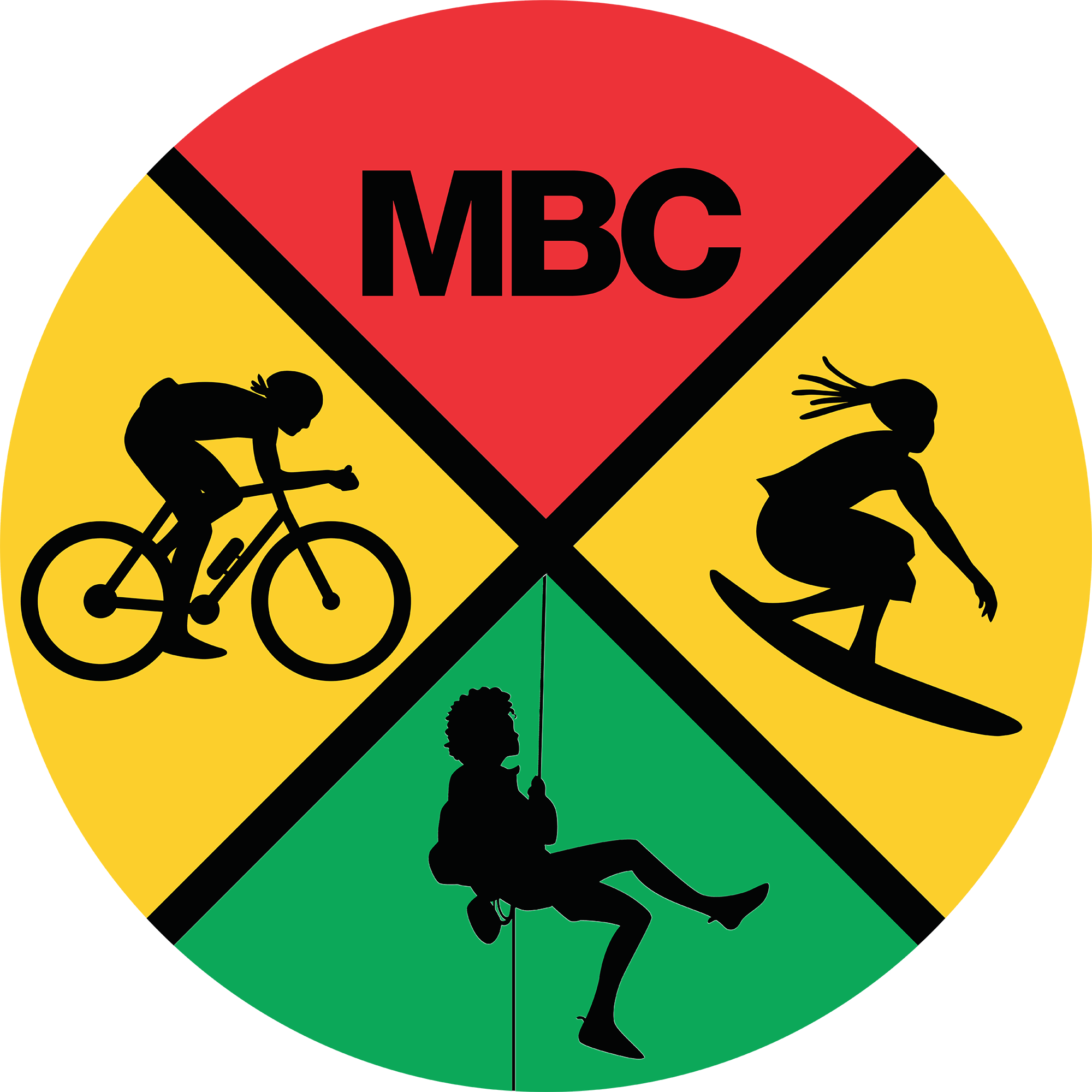

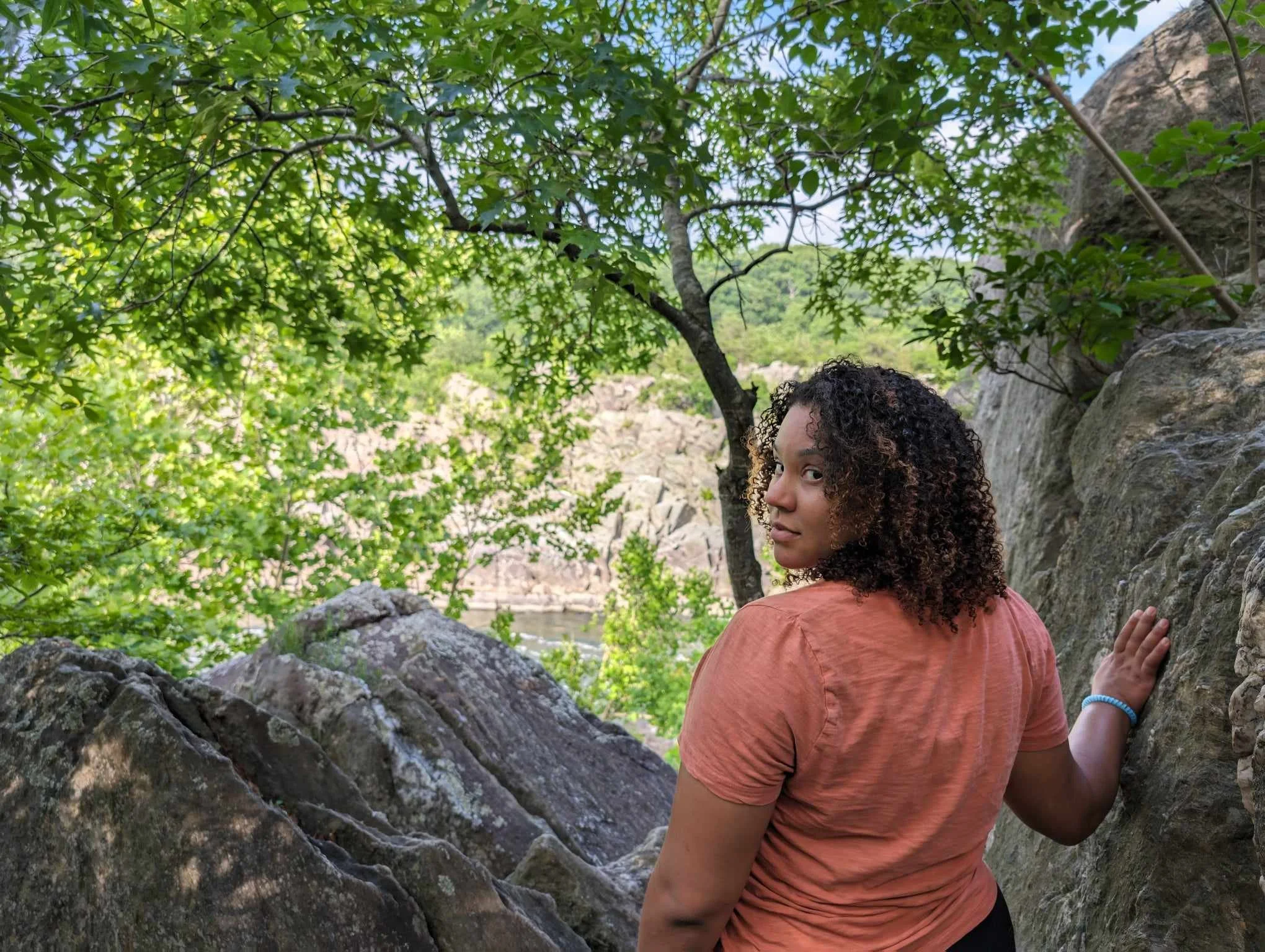

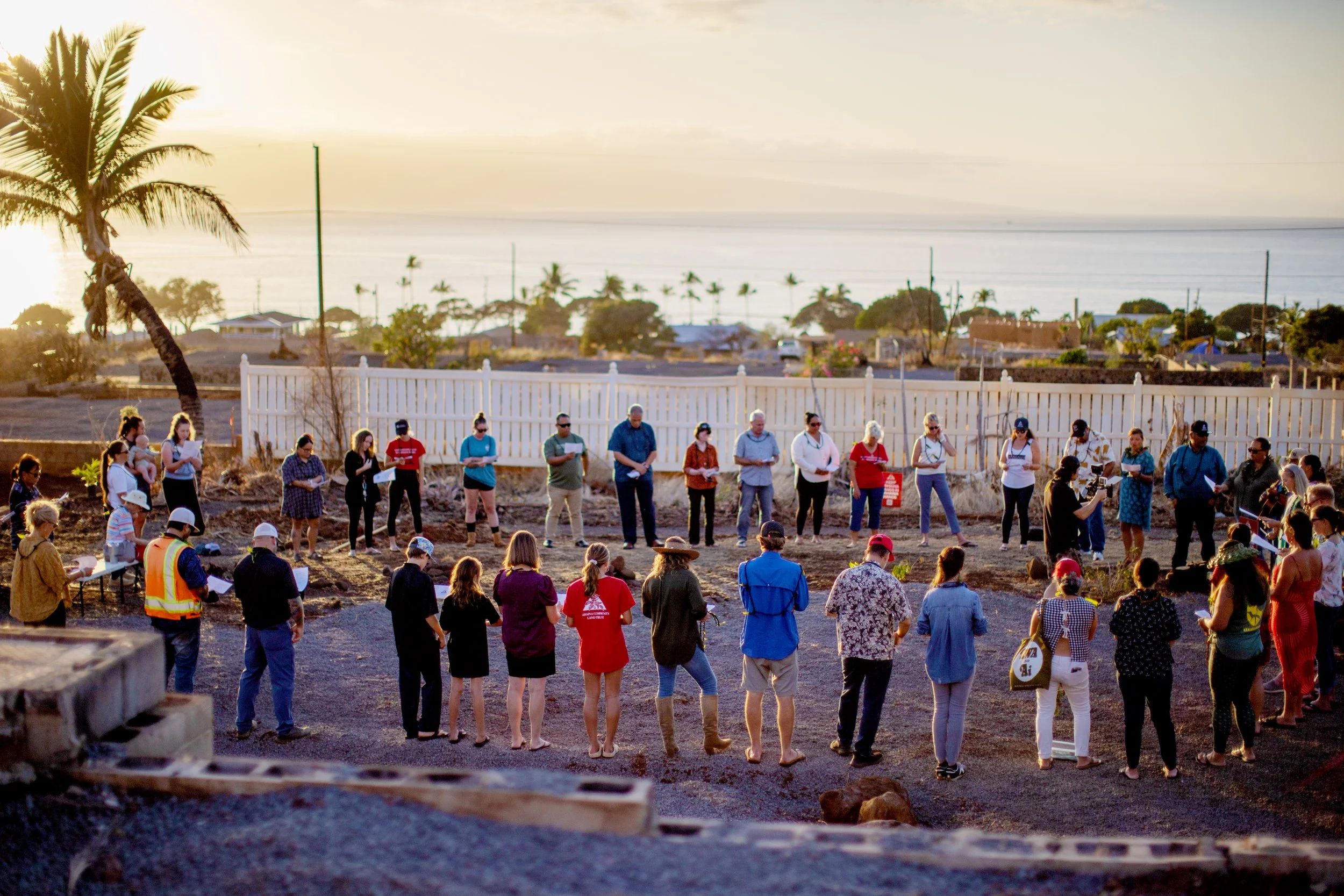


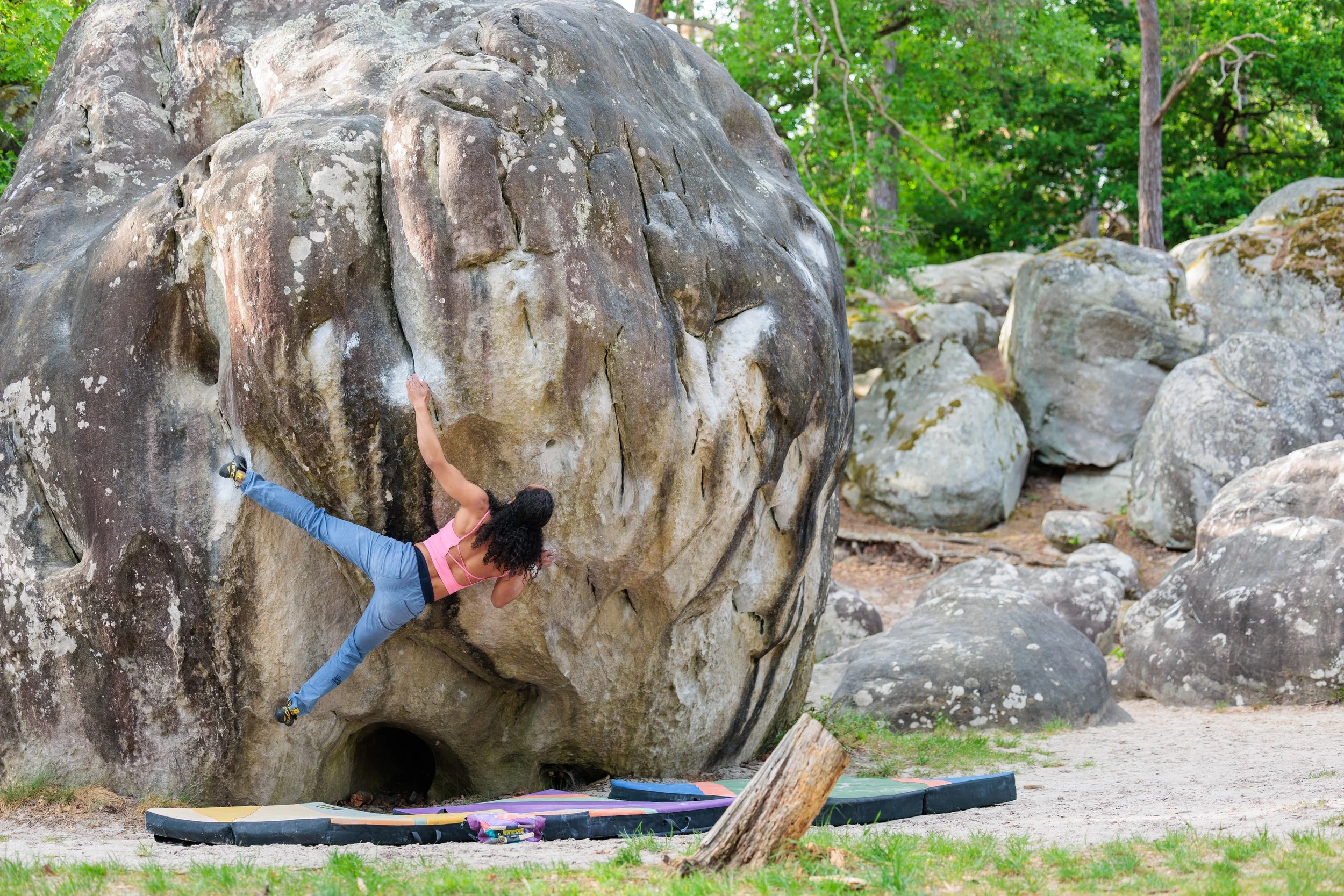






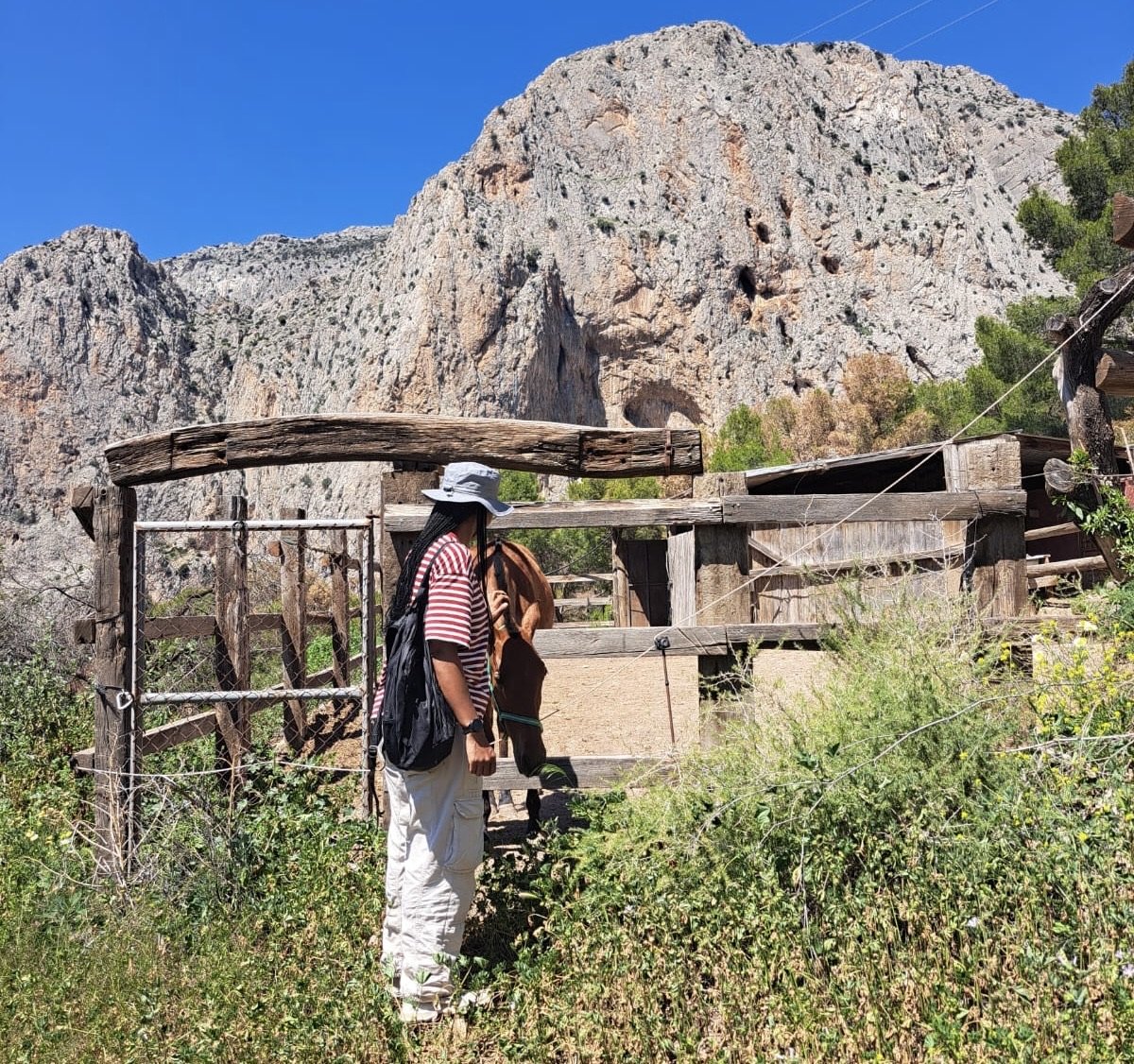
I also know that hunger disproportionately impacts Black Americans who make up nearly 30% of SNAP recipients. So why would I celebrate cuts to a program that is a lifeline for so many people?